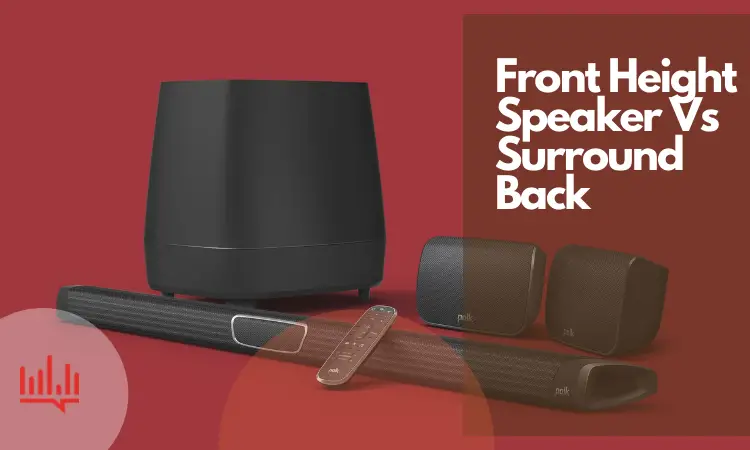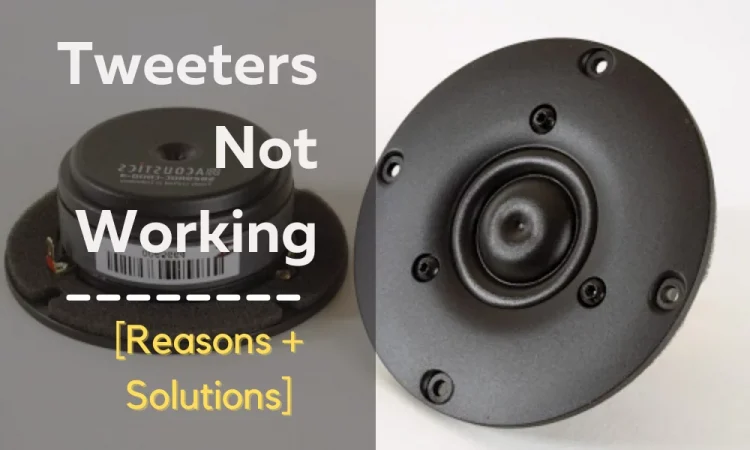The LP12 Klimax is one of Linn’s exquisitely made models. It has a classic modular design that results in a significant improvement in performance. Even with the upgrade design, it’s not perfect.
It has some major problems, as per many users.
So the question is, what are the LP12 Klimax problems?
When using LP12 Klimax, you might hear low volume, humming or buzzing noise, or slow records. You may also encounter static records with only one audible channel. The tonearm may not properly go down as well. Above all, there are reports of connection issues regarding this turntable.
In the world of audiophiles, there is a running joke about LP12 Klimax. The sole disadvantage of this model is its high cost. Nonetheless, it may encounter certain issues from time to time.
So, what steps can you take to address those issues and prevent future ones from occurring? Relax, we’ve got everything covered right here
What Are the LP12 Klimax Problems?
The Linn turntables offer flawless musical performances without any significant problems.
These turntables have an advantage over conventional turntables. This is due to their whisper-quiet supply of power and world-class motor design.
But, as perfect as they are, these turntables are not without flaws. Though it may not have the same problems as Project Juke Box E, it still has some.
Let’s have a look at those and see what we can do to solve them-
Problem 1: Low Volume
Turntables naturally provide a very low output signal. Your music will be essentially undetectable when it is played solely through the turntable’s amplifier or speaker.
Solution
You need a preamp to enhance your turntable’s signal to what is known as line level. These are available in both built-in and external varieties.
Fluance Classic (RT80) and Fluance Elite (RT81) turntables, for example, include a built-in preamp. That’s why the sound output is significantly higher in those turntables.
Using any good preamps and poweramps improves the sound quality exponentially.
You may discover a preamp already integrated into your turntable. The user guide for your receiver will help you verify this.
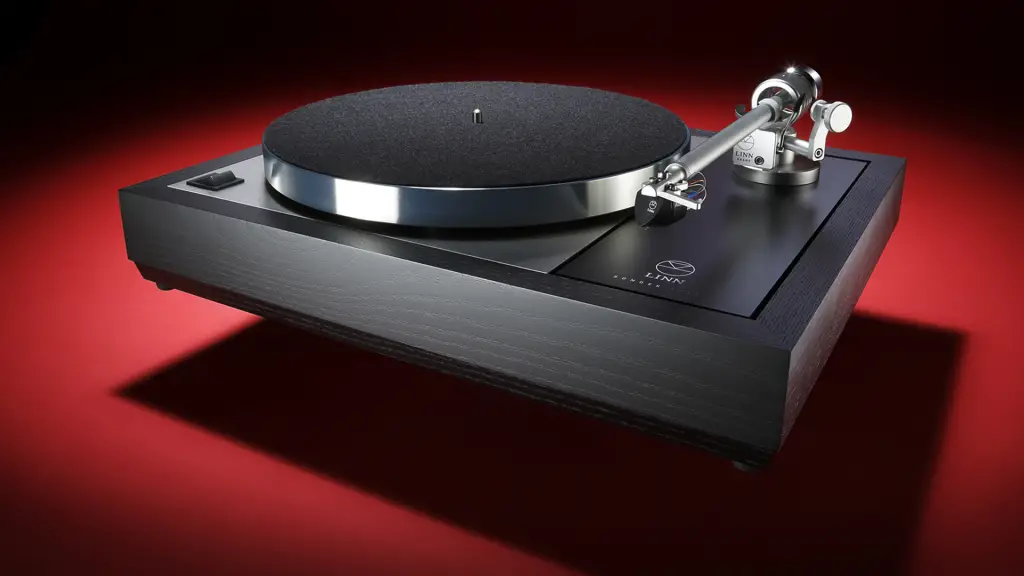
You can increase the output volume by upgrading it with a new amplifier. If there is no amplifier, you can add one to boost the volume.
If you’re looking for premaps, FX Audio Tube-06mkii is a killer device. Pro-Ject Audio – Phono Box DC is also worth checking out.
Problem 2: Humming or Buzzing Noise
A couple of reasons can be behind the humming or buzzing noise. But usually, there are two primary sources of buzzing in turntables-
Grounding
When the cable is improperly attached, problems with grounding arise. And, in the case of a preamp, it must be connected first. If not, it will result in the grounding issue as well.
Solution
It can be quite simple to fix humming caused by grounding problems. Your turntable’s wires come with a ground cable as well.
Linking this cable to your turntable’s grounding connection is the first step in repairing a turntable hum.
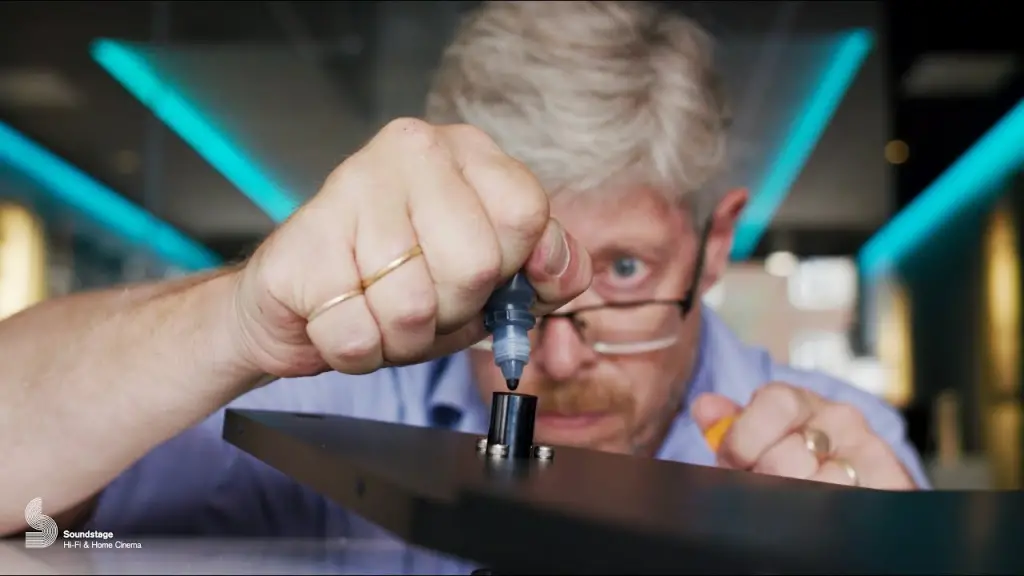
Sometimes amplifiers or speakers lack round connections. In such a case, you need to take a screw from the back panel of the amplifier. And tighten it on the opposite end of the ground line.
If you’re using a preamp, connect the turntable to the preamp first, then to the amplifiers or speakers.
Environment/Placement
The audio equipment in your turntable is delicate. It is easy for this equipment to get detached. This can result in humming.
Humming can occur if the turntable and speakers are on the same table. Speakers usually create a certain vibration. The stylus could pick up vibration from the speaker and start a feedback loop.
Solution
Follow these guidelines to keep it from creating a buzzing or humming sound :
- Place your turntables on a level, flat surface.
- Don’t place your speakers on the same table as your turntable.
- Place the turntable far from potential static and vibration sources.
Problem 3: Tonearm Doesn’t Lower Properly
There are two reasons why your tonearm could not lower all the way. The first is when the tonearm is improperly balanced. Dropping the cueing lever is the second cause of this.
Solution
If you are unfamiliar with turntables, we recommend that you seek the assistance of an expert. Because there’s a possibility you’ll break the cueing lever while attempting to repair it.
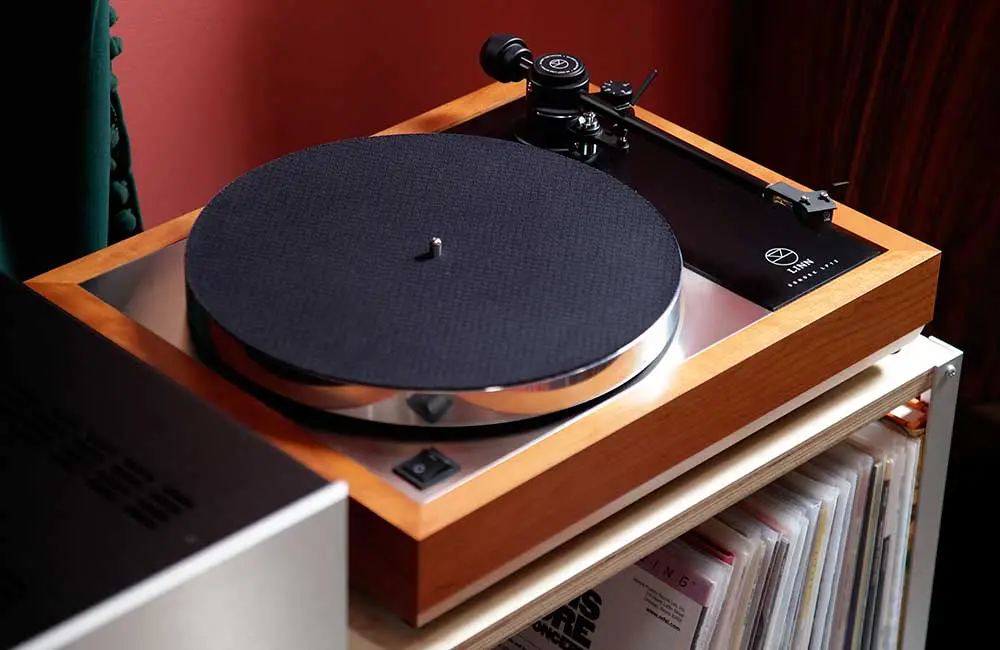
If you’re feeling confident, you can try to adjust the record player needle or tonearm bridge’s height. You need to rotate the adjustment screw for fixing the height.
And, you can make sure the tonearm’s tracking force is properly calibrated for proper balance.
Problem 4: Slow Records
Records weren’t all cut or pressed the same over the years. As a result, some records will have grooves that are cut closer to the middle. And some will be removed further from the center.
The turntable’s auto-stop feature is intended to halt playback. This happens when the stylus tip is 2 inches from the spindle center. If it is cut any closer to the labels, it may end before the song is finished.
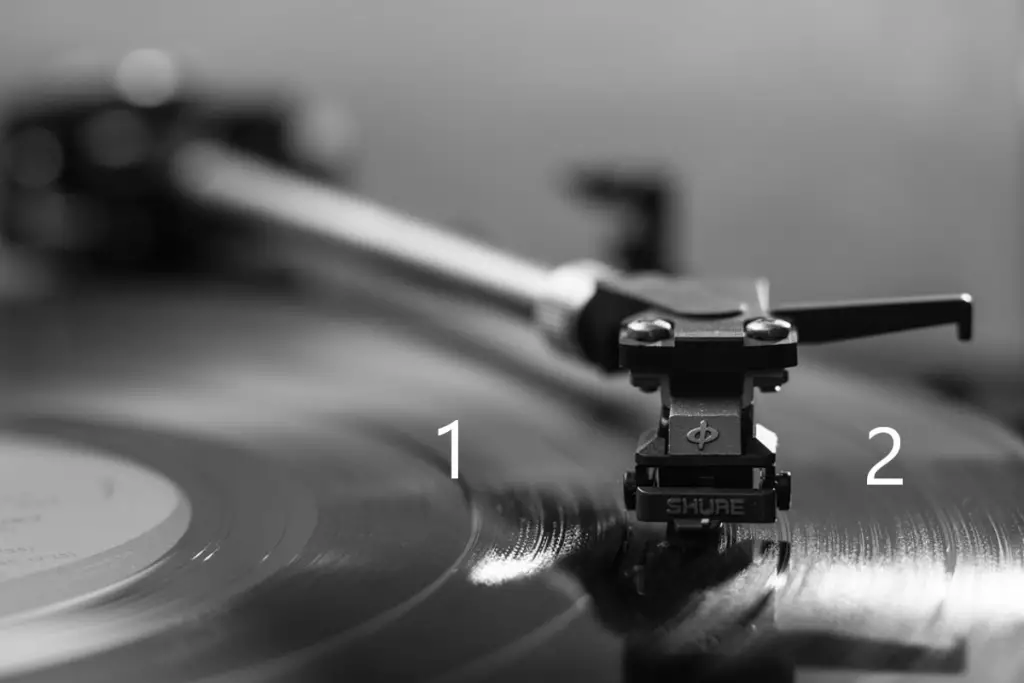
In some circumstances, you may notice a brief slowness as the tonearm passes the trigger to engage auto-stop. The majority of records will operate at this distance.
Solution
This is not an issue of the turntable, it is because of the grooves on the record.
But for the auto-stop feature, check if this occurs with the majority of the albums or not. You might need to turn off the auto stop feature if it happens with every record.
Problem 5: One Audible Channel
A loose connection or imbalanced cartridge can cause only one channel to be audible.
The channels of turntables are located on the right and left sides of the grooves. The stylus can completely miss one side if it isn’t tracking properly.
Solutions
To see if the problem is with the turntable consider playing with other devices through your speakers. You can try a different record to see if this just occurs on some of them.
If that’s not the case try the following methods to fix the:
Clean the records and stylus with stylus and record brushes. Audio quality problems like these might be caused by dust and dirt.
Check the tonearm balance and whether the tracking force of the cartridges is set correctly or not. You can also check the RCA cables and try a different set for a better connection.
The connections between the headshell and the cartridge should also be examined. Reconnect the tonearm to the headshell and tighten the locking screw to guarantee a secure connection.
Please contact customer care, if even after taking these actions, one speaker is still not producing sound.
Problem 6: Static on Records
If you’re getting extra pops and clicks than usual from your records, it could be due to dust and dirt.
Static electricity caused by turntables usually draws dust and grime to the top of your vinyl. These can easily cause extra pops and clicks while playing any record.
Solution
This is most noticeable during the winter months or in dry places where static electricity is quickly created.
We suggest using an anti-static carbon fiber brush to get static out of your records. Vinyl record sleeves, an antistatic tonearm, a microfiber towel, and an antistatic spray can help in eliminating static.
How to Avoid Damaging the LP12 Klimax
Knowing how to care for turntables and vinyl will help in keeping the valued collections in good shape. Otherwise, they will easily become warped. And you will have to go out of your way to fix the warped records.
Follow the guidelines below to keep your turntable in top shape and your records playing wonderful music.
1. Select the top record player cleaning supplies.
2. Wipe off any excess dust before playing any record.
3. Regularly check the tonearm weight.
4. Take caution when laying the stylus on the vinyl.
5. Maintain a sturdy platform for your deck
6. Be mindful of any vibrations while playing records.
7. Keep the deck absolutely level
8 . Keep your vinyl records upright when storing them.
Frequently Asked Questions (FAQs)
What’s the Market Value of A Linn Sondek LP12?
With such a high-end product comes a high price. The price of the Sondek LP12 is £25,000. The turntable also comes with a 40-year-old Highland Park bottle made specifically for Linn. It costs £900.
Is the Linn LP12 Worth the High Price?
Yes, it is worth the money. The Klimax LP12 is a brilliant musical deck. Every acoustic strand is polished up for inspection with really intricate details. But it all works together to create a pleasing and interesting musical experience.
Why Does the Same Section of My Record Keep Skipping?
Due to deterioration of the grooves, records frequently bypass the same place. Probably several grooves are covered by scratching on a record. In other words, a skip will be audible anytime the needle goes over that region.
End Words
That covers the discussion on LP12 Klimax problems. Hopefully, these will help you with your specific turntables problem.
Lp12 rarely faces problems because of its well-built quality. But if something does come up we hope our guideline will help you out with that.
Until next time!

